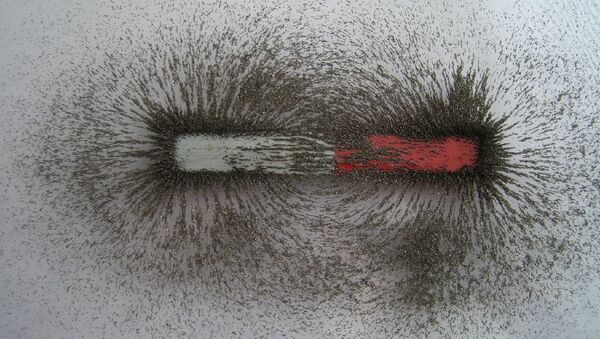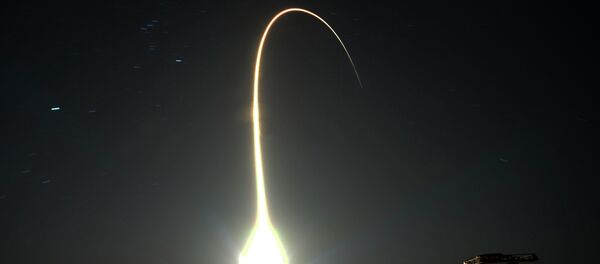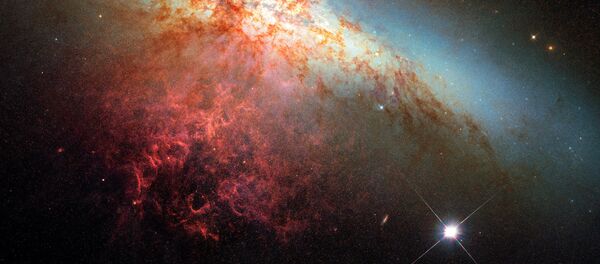"To talk about the Hall Effect for neutral particles is an oxymoron, a crazy idea," N. Phuan Ong, Princeton’s Eugene Higgins Professor of Physics, said about the research. "Quantum behavior can seem very strange, and this is one example where something that shouldn’t happen is really there. It really exists."
The observation of the Hall Effect in a non-magnetic material, say the scientists, could have great implications for the development of computing and electronic devices, including the building of a quantum computer, which would be able to process a vast number of calculations simultaneously.
The topic of frustrated magnets, positioned at the boundary between materials science and theoretical physics, involves a class of materials that get their name because a long-range magnetic order fails to develop, despite a large exchange coupling between the spins of the material's elementary particles.
Some frustrated magnets have recently begun to be studied for their potential use in technological applications; for example, magnetic refrigerators, which use magnets to keep things cold, could replace today's standard fluid-compression form of refrigeration, which uses chlorofluorocarbons and has been linked to ozone layer depletion.
In the Princeton experiment, the non-magnetic material was tested for the Hall Effect under extremely cold conditions, near absolute zero, where particles behave according to the laws of quantum mechanics rather than those of classical physics which we observe in everyday life. "All of us were very surprised because we work and play in the classical, non-quantum world," said Ong.
According to the Hall Effect, discovered by E. H. Hall in 1879, the presence of a magnetic field exerts a transverse force on the moving charge carriers of an electric current, causing them to move to one side of the conductor. The phenomenon is used in a range of applications, which rely on motion sensing, such as anti-lock brake systems, the control of the hydraulic valves of cranes and excavators, and the detection of an electrical current in printers and faxes.



